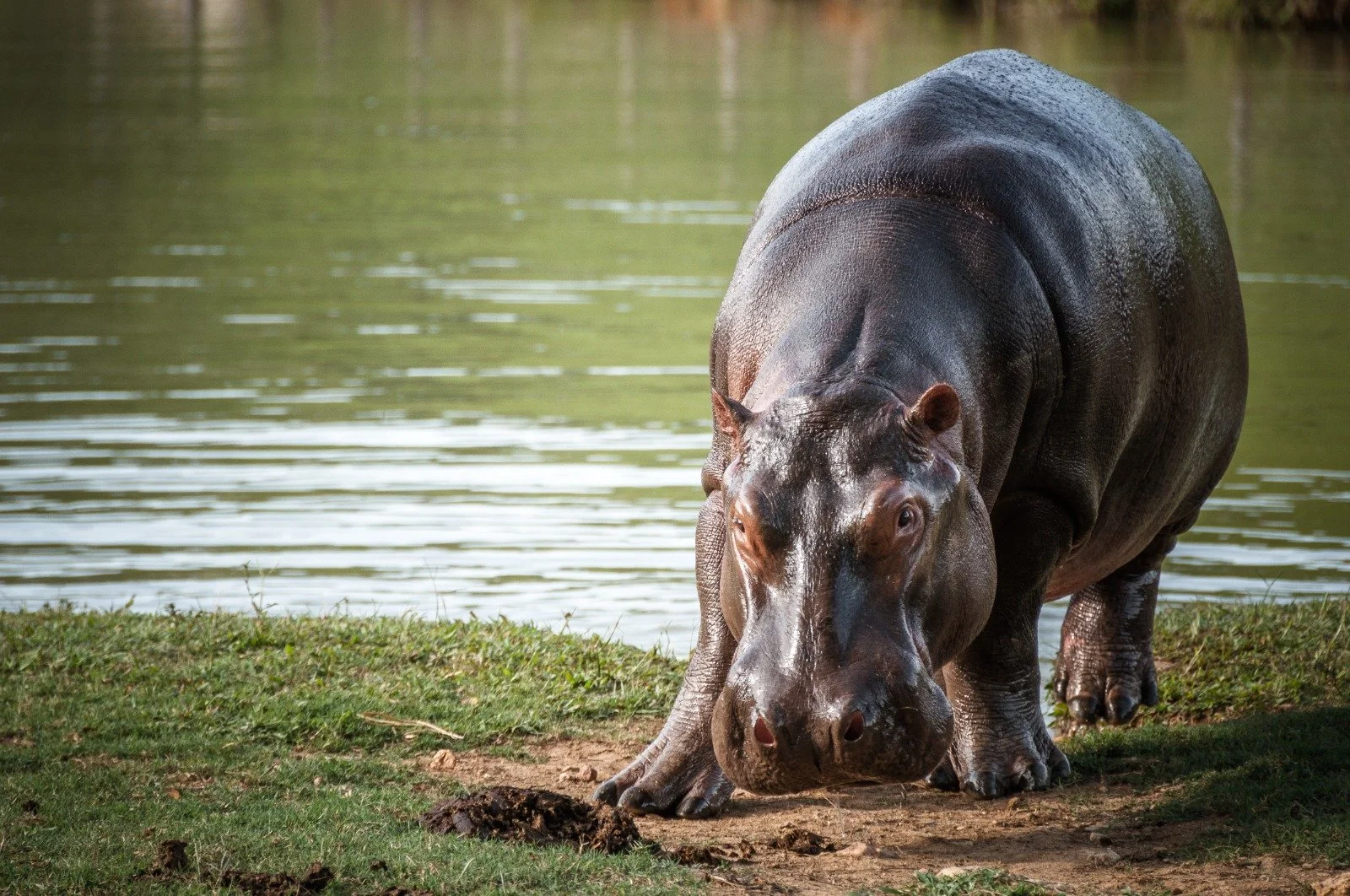Supersized Asian Carp Disguised as Goldfish Are Gobbling Up the Great Lakes
The problem with goldfish is that “they can eat anything and everything.” That’s according to Christine Boston, an aquatic research biologist with Fisheries and Oceans Canada. The voracious fish, which are in fact a kind of East Asian carp, are living large in the Great Lakes, to the detriment of everything else.
Boston and colleagues have been tracking invasive goldfish in the western tip of Lake Ontario, about 35 miles southwest of Toronto. How does one track a goldfish? First you catch one, then you cram an acoustic-tracking device the size of an AA battery inside it. These biologists tagged 19 specimens, 11 of which survived, which was enough for the scientists to map the invaders’ movements.
“We found out where they are before they start spawning,” Boston tells the New York Times. “That’s a good opportunity to get rid of them.” The females grow fast, though, and can reproduce several times in a single season. “They have the resources and they can take advantage of them.”
The goldfish will eat algae, aquatic plants, eggs, and invertebrates. And, unlike the quaint little specimens that exist peacefully in a bowl, the freed fish will continue to grow, up to sixteen inches long and fat, so large that potential predators can’t even take a bite. They’re essentially too big to fail.
Which is why the Fisheries and Oceans’ research is so important, because it gives biologists a tool to put a dent in the invasive population. The fish winter in deep water and spawn in shallow habitats in the spring. Knowing where the creatures congregate makes it easier to catch (and kill) them en masse, with specialized nets deployed underneath winter ice or using “electro fishing,” zapping the fish with an electrical current and scooping them from the water. Neither technique harms the native fish.
Goldfish (Carassius auratus) were brought to North America in the 1800s, but their population has exploded only in recent decades, as dumb humans in densely-populated areas dump their unwanted pets in urban ponds.
The study tracking the goldfish movements is published in the Journal of Great Lakes Research.
Photo credit: Great Lakes Laboratory for Fisheries and Aquatic Sciences / New York Times







